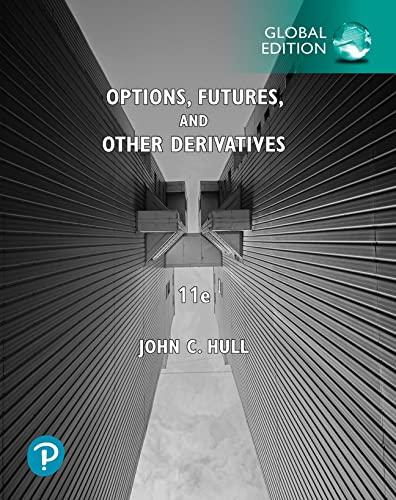Question
Consider the following information for Stocks A, B, and C. The returns on the three stocks, while positively correlated, are not perfectly correlated. The risk-free
Consider the following information for Stocks A, B, and C. The returns on the three stocks, while positively correlated, are not perfectly correlated.
The risk-free rate is 4.50%.
| Stock | Expected Return | Standard Deviation | Beta |
|---|---|---|---|
| A | 9.30% | 20% | 1.2 |
| B | 11.70% | 20% | 1.8 |
| C | 12.90% | 20% | 2.1 |
Using SML equation, you can solve for the market risk premium which, in this case, equals approximately _____________________ .
The beta for Fund P is approximately _____ .
Hint: Recall that because the market is in equilibrium, the required rate of return is equal to the expected rate of return for each stock.
This information implies that the required rate of return for Fund P is approximately _______________ .
Which of the following is the reason why the standard deviation for Fund P is less than 20%?
Any two stocks in Fund P have a correlation coefficient of 1.
The stocks in Fund P are not perfectly correlated.
The stocks in Fund P are perfectly correlated.
The stocks in Fund P each have differing standard deviations.
Step by Step Solution
There are 3 Steps involved in it
Step: 1

Get Instant Access to Expert-Tailored Solutions
See step-by-step solutions with expert insights and AI powered tools for academic success
Step: 2

Step: 3

Ace Your Homework with AI
Get the answers you need in no time with our AI-driven, step-by-step assistance
Get Started


